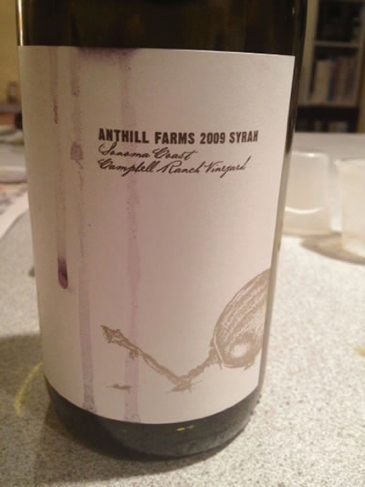The Varied Nuances Of Oak In Wine
I was sitting next to a campfire on the beach after a day of playing in the sand and water. The fire’s smoke wafted this way and that as the breeze took it wherever it played.
That smell of smoke, toast and fire reminded me of the wood that so permeates the many wines that we drink. It is derived from oak, the noble tree that is known for its strength, but in wine desired more so for its flavors. Wooden vessels have been used in wine production for centuries. Many different types of woods have been used, from cherry to pine, but none has equaled oak in what it brings to the flavor and aroma of wine and its ability to marry so well with wine.
To understand the effects oak has on wine one must first look at the production of a wine barrel. It is an amazing fact that oak trees are typically harvested when they are between 110 to 150 years old.
For this reason, oak forest conservation and replenishment is a really important factor in its sustainability. Once the tree is harvested, the oak is either sawn or split. Most barrel producers prefer their wood to be split, as sawing the wood destroys the cells in the wood, which results in bitterness, and the sawing action also serves to toast the wood, a process which is better controlled and done during the formation of a barrel. The staves are then cured for a number of years depending on the age of the wood and the cooper’s minimum thresholds for quality and flavor.
There is typically a three-year minimum for any “quality” producer. The curing is done outdoors, and the staves are open to the elements. This process helps to “wash” out much of the “green” impurities and harsh flavors that would otherwise end up in the wine.
As you watch the actual assembly of an oak barrel by a master cooper, you truly are seeing an artist and craftsman. They first must find just the perfect sizes of staves, which are not all uniform, to create just the right size barrel they are designing. Then they stand up the staves with a ring on the top, much like an imaginary Native American teepee.
In the center of the structure is a small fire. As the fire within burns, it chars the insides of the staves, causing them to curve inward to form the bow of the barrel. As the wood begins to bow, the cooper pounds down another ring to assist in the process, and the ring will ultimately become part of the barrel.
This process takes anywhere between eight and 12 hours from start to finish.
Now, the toasting action that is required to create the arch in the wood may be one of the most important elements of flavor for the eventual wine. The aromas and flavors of toast, smoke, tobacco, cinnamon, clove, nutmeg, butterscotch, coconut, dill and nuttiness are all derived from this process. Depending on how long the oak is left over the fire determines the intensity and level of these components in the final wine. In addition, oak has an intrinsic flavor and aroma of vanillin that is most often associated with oak-aged wines.
Lest you think all oak is the same, there is a big difference between European and American oak. The major types of oak trees found in Europe are Quercus Robur and Quercus Petraea; in the U.S. we have mostly Quercus Alba. European oak, primarily French, is considered the finest. The grains in the wood are tighter, and its effects on the wine are more elegant and blend seamlessly with the wine. American oak is a bit more aggressive, and typically gives wine a stronger tannic backbone, as well. And even within the larger categories of French or American oak, there is preference given to certain forests by wine-makers.
Some prefer Allier oak versus Troncais. Some might request Oregon oak instead of Missouri. The oak is used just like a chef would use a particular spice in a dish. And each forest’s oak represents a different spice in the cabinet.
So the next time you are in a wood shop or even at a campfire, you may be reminded of the different nuances of oak that infuse your favorite wines with its flavor.
Recommendations: 2009 Anthill Farms Campbell Vineyard Syrah ($45) This Syrah is made by Pinot Noir specialists, so what you don’t get is this over-alcohol behemoth with simple jammy fruit. Instead you find this exceedingly pleasurable and silky version with a beautifully ethereal aroma of spices, olives and black fruit. It luxuriates the palate with perfectly ripe berries and a penetrating finish. NV Henriot Blanc de Blanc Brut Champagne ($69) Made from only Grand Cru vineyard sites, this is a pedigreed Champagne of the highest order. It may be difficult to find, as less than 10 cases of this gorgeous bubbly make it to Hawaii every year, but it is worth the hunt.
Roberto Viernes is a master sommelier. Email rviernes@south-ernwine.com or follow him on Twitter @Pinotpusher






